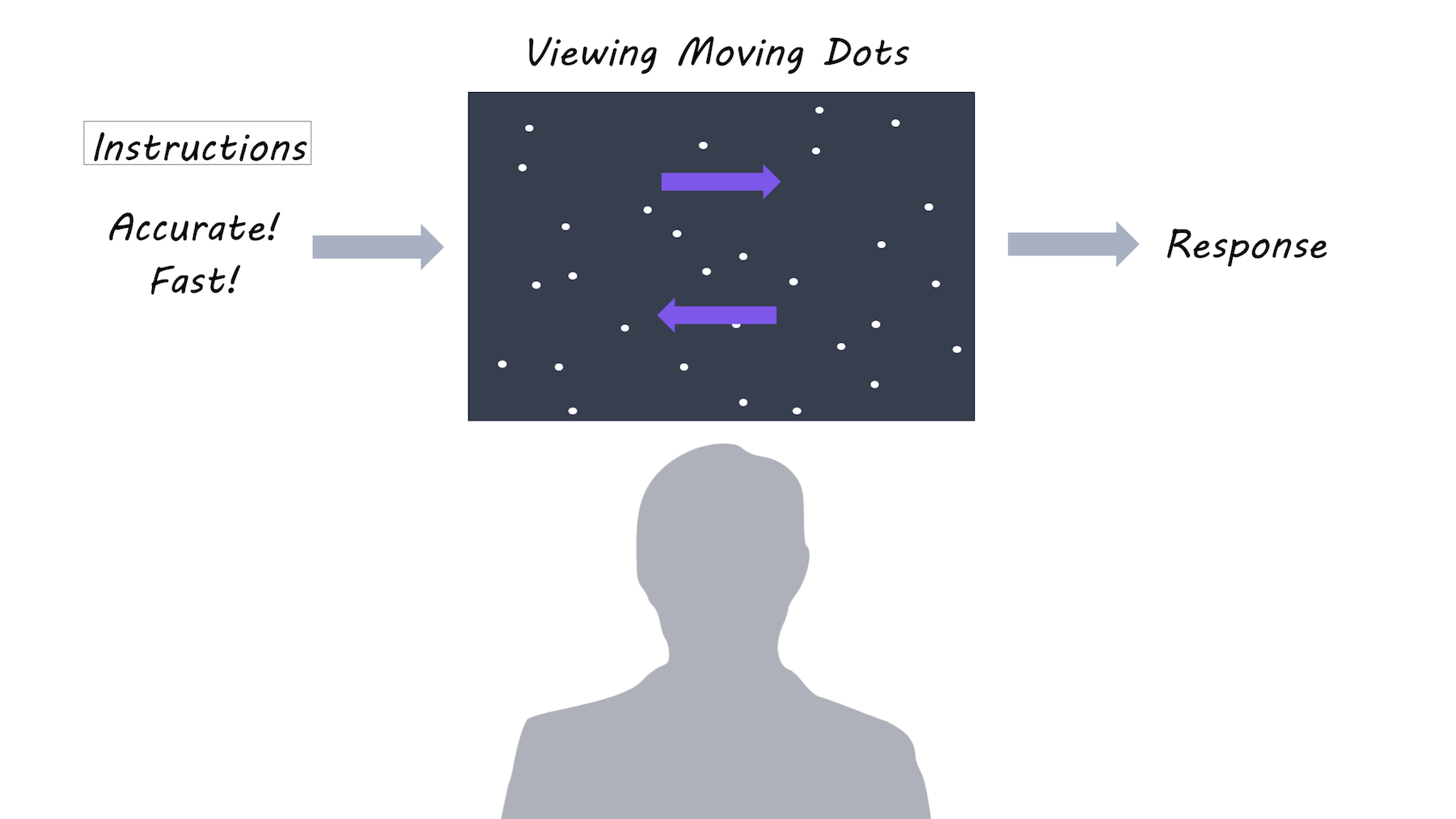Mild Traumatic Brain Injury Increases Risk of Parkinson’s Disease
What's the science?
Mild traumatic brain injury, also referred to as a concussion, is defined as a loss of consciousness or confusion due to head injury that lasts less than 30 minutes. Mild traumatic brain injury is especially common among the elderly, athletes and in the military, and is increasingly associated with risk for psychiatric and neurodegenerative diseases. The relationship between mild traumatic brain injury and risk for Parkinson’s disease is not well understood. This week in Neurology, Gardner and colleagues assess the risk of Parkinson’s disease after mild traumatic brain injury in a large sample of patients.
How did they do it?
Participants (18 years or older) from the Veterans Health Association (military veterans) with a diagnosis of traumatic brain injury were included and were age matched to a random sample of participants without brain injury (325,870 total participants). They diagnosed Traumatic brain injury using detailed clinical assessments or criteria from the Department of Defense (IC-9 codes). They also assessed other diseases at baseline and Parkinson’s disease at least one year after baseline in this longitudinal study. They then used a Cox Proportional Hazards model (a standard statistical model for assessing longitudinal risk) to determine risk of developing Parkinson’s disease with and without traumatic brain injury, including assessment of risk specifically after mild traumatic brain injury. They controlled for confounding variables including medical conditions, psychiatric disease and demographics: age, sex, ethnicity, education and level of income.
What did they find?
A total of 1462 participants developed Parkinson’s disease over the course of the study (average 4.6 years follow-up), 65% of whom had previously experienced traumatic brain injury. Participants with previous traumatic brain injury were significantly more likely to develop Parkinson’s disease than those without traumatic brain injury (hazards ratio: 1.71). Even mild traumatic brain injury was associated with increased risk (56%) of developing Parkinson’s disease after adjusting for all confounding variables.
What's the impact?
This is the first large-scale, nationwide study to demonstrate that mild traumatic brain injury is associated with an increased risk of Parkinson’s disease. We now know that focusing on the prevention of mild traumatic brain injury will be important for reducing risk of Parkinson’s disease.
R. Gardner et al., Mild TBI and risk of Parkinson disease: A Chronic Effects of Neurotrauma Consortium Study. Neurology (2018). Access the original scientific publication here.





